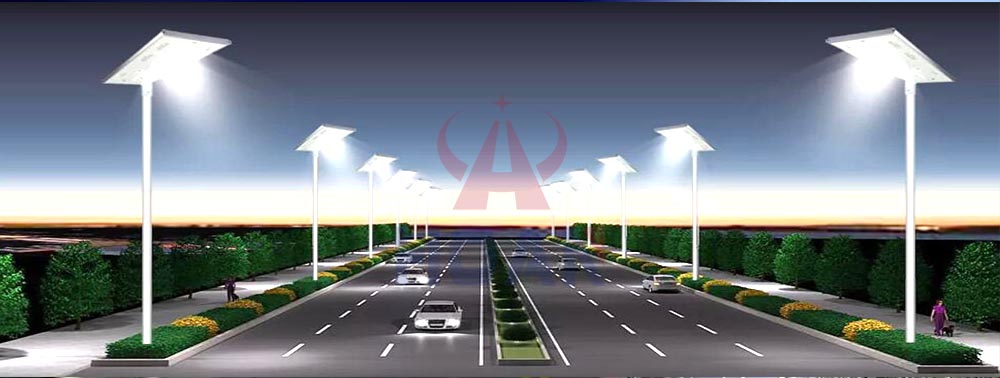The advantages of
Solar Street Lights intelligent control system are mainly reflected in the following aspects
1. Energy saving and environmental protection:
Solar Street Lights intelligent control system uses solar energy for charging and does not require an external power supply, thus greatly reducing power consumption. In addition, through intelligent control, the brightness of street lights can be adjusted according to actual lighting needs, further saving energy.

2. Intelligent management: The intelligent control system can remotely turn on, turn off, and adjust the brightness of a single street light, a group of street lights, or a batch of street lights to achieve precise control of street lights. At the same time, the system can also monitor the operating status of street lights in real time, detect and solve faults in a timely manner, and improve management efficiency.
3. Extend the service life: Because the
Solar Street Lights intelligent control system can automatically adjust according to lighting needs, it avoids the loss of lamps caused by long-term high-brightness lighting, thus extending the service life of street lights.

4. High safety: The intelligent control system can realize light sensing and automatically adjust the brightness of street lights according to changes in ambient light, improving the safety of driving at night. In addition, the
Solar Street Lights system also has fault detection and alarm functions. Once a fault occurs, it can be discovered and dealt with in time to avoid safety hazards.

5. Reduce maintenance costs: Through intelligent monitoring and fault detection functions, automatic management of
Solar Street Lights can be realized, reducing the frequency of manual inspections and maintenance, and reducing maintenance costs.
In summary, the
Solar Street Lights intelligent control system has significant advantages in energy conservation and environmental protection, intelligent management, extended service life, improved safety and reduced maintenance costs, and is an important direction for the development of urban lighting systems in the future.


